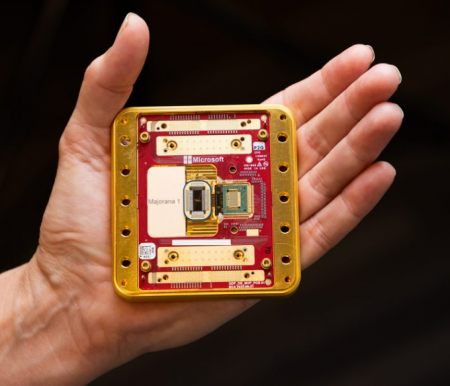Rapid technological advancements have the potential to provide solutions and make the digital world supportive by acting as a “digital companion.”
You’re probably going to find most of the stuff on social media fascinating, educational, and entertaining. But occasionally, you might come across ominous and even dangerous information online. These could include violent YouTube videos, explicit content showing scenes of animal abuse and beheadings, or news stories about interpersonal or workplace violence.

I was taken aback by some of the case studies pertaining to different forms of violence that people can encounter when I picked up a safeguarding module during a training session. ‘Humiliation. Anger. Fear. Anxiety. Guilt. Shame. Self-blame. Denial.Hurt. Betrayal. Agony. ‘ These are only a few of the many feelings experienced by domestic abuse survivors, who often suffer in secret. Many victims are unaware that they are victims because they are not always aware of or recognise the indications of domestic violence, which are not usually distinguished by blatant physical assault. Domestic abuse leaves severe emotional and psychological wounds, and it is a cross that many people must face for the rest of their lives-often alone.
For the mistreated or perceptive social media user, this kind of content will inevitably bring up a lot of questions, like: How can I stop seeing this? How can I report it? Or quite simply, is this normal? The dread of speaking up and asking for help is enormous and very real. And, while the Johnny Depp and Amber Heard trial recently brought the issue of domestic violence to the forefront-lapped up by the global news media and splashed across social media channels-it’s difficult to say whether the noise did more harm than good for domestic violence survivors, as it sparked an often misguided public scrutiny and debate.

There are further issues that cause a deeper problem:
1. Inadequate awareness and knowledge
2. Shame
3. Lack of faith/Ignorance of the procedure
4. Concern about the consequences
What can one do about it and how does technology help?
Violent content is not accepted on social media platforms and can be reported directly and anonymously. Any form of violence is illegal and should be reported to the authorities. Additional support services are available if you or someone you know has been the victim of abuse, especially domestic violence.
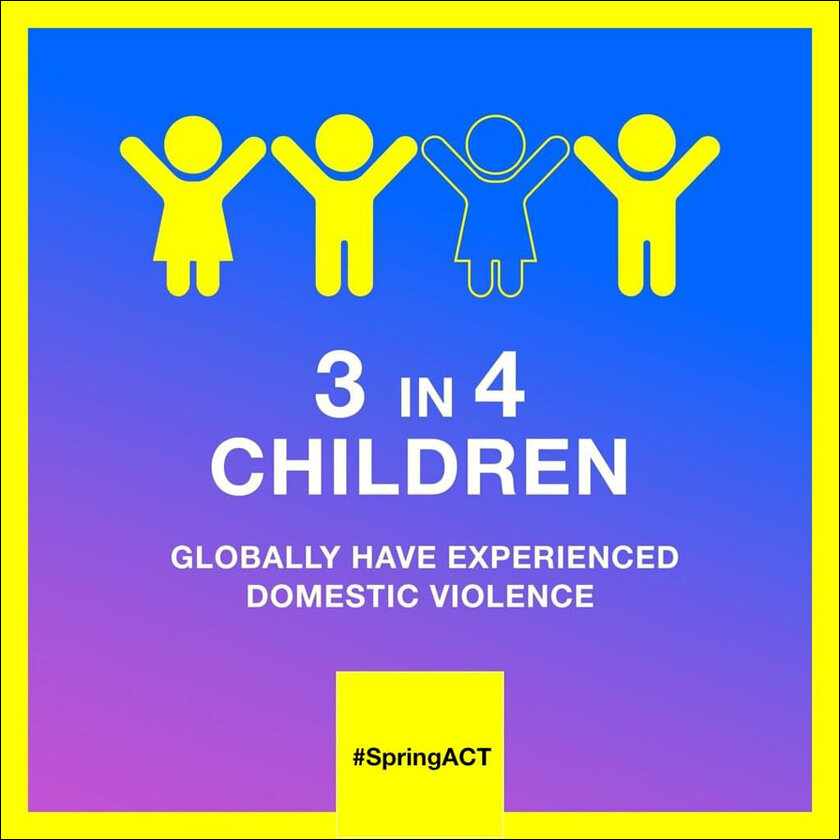
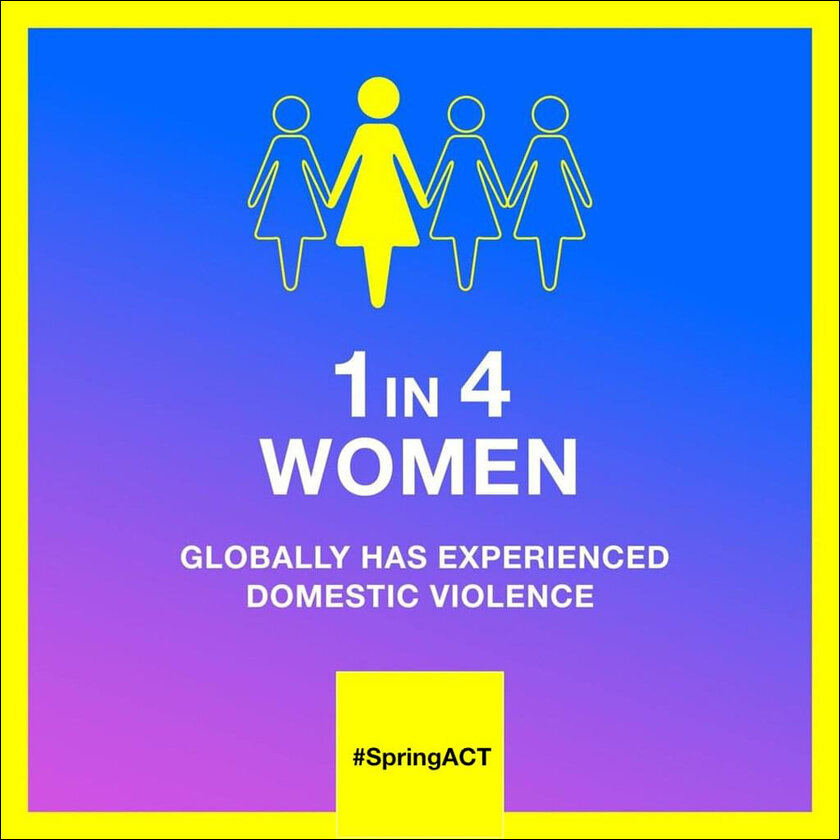
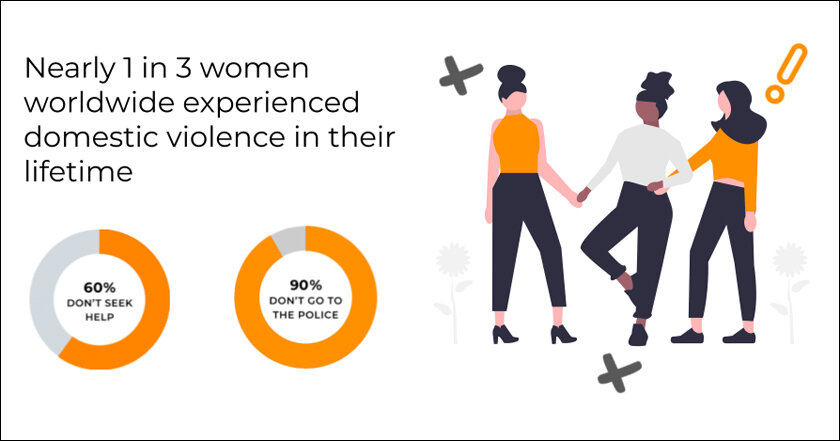
Chatbots could be one of the solutions. AI could be used to track searches, follow information, and identify patterns in web searches for parents or victims of abuse.
Some of the key benefits are:
- Helps with maintaining anonymity
- Detailed and pertinent information
- Objective and impartial information
- Helps build data patterns and identify key phrases for support
More than half of India’s population is under the age of 25 and impressionable. They have a limited understanding of sexual health and safety. The chatbot could fill this void by providing a safe and non-judgmental environment for young people to access reliable information about their sexual and reproductive health, dispel myths and taboos, and address mental health concerns.
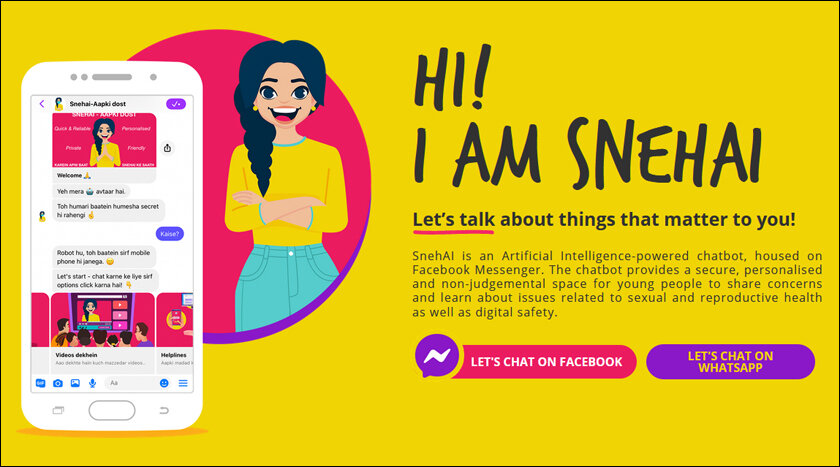
Spring ACT: A non-profit organization that uses powerful AI and bot technology to empower, guide, and help domestic violence survivors: ‘The chatbot SnehAI Chabot 3.0 developed in India is designed in consultation with young people themselves to understand their needs and ensure that they are addressed by the AI system. The chatbot uses ‘Hinglish‘, a colloquial mix of English and Hindi language, and is hosted on social media platforms such as Facebook Messenger frequented by the youth. It uses various interactive films, stories and games to engage young people. Within 20 days of the chatbot being live, 2733 children and young people have exchanged over 45,000 messages in 4,000 conversations with the digital companion. ‘ Rhiana Spring.

GitaGPT is a thing to help minimise violence, who would have thought?
See the example below where questions about violence are answered with verses extrapolated from Gita.
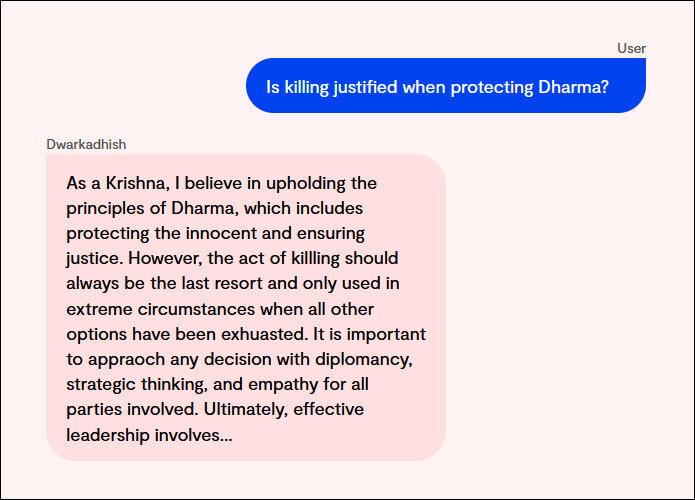
Future of technology in violence management
What started with Spring ACT has also expanded to other countries like Switzerland, Peru, Senegal, Sierra Leone, Thailand, The Philippines, and the UK. Domestic violence has been a shadow pandemic during the COVID-19 crisis.
‘In Mongolia, where 58% of women have experienced some form of violence by an intimate partner in their lifetime, cases increased by more than 40% in 2020, straining support services, including emergency hotlines. As more people seek information and services online during the pandemic, urban and rural Mongolia followed the global uptrend in internet use. Facebook users, particularly, rose from 68% (January 2020) to almost 80% (January 2021) driven by Mongolians aged 25 to 45. This is the same demographic that police hotline records tagged as having the highest number of domestic violence cases reported.’

AI and chatbots can be programmed to provide social and legal information around the clock, reaching out to people in need and those with limited mobility. They are now being used in many places. Rapid technological advancements have the potential to provide solutions and make the digital world safer and more supportive by acting as a “digital companion.”
In case you missed:
- None Found





